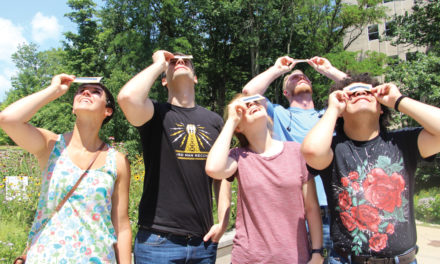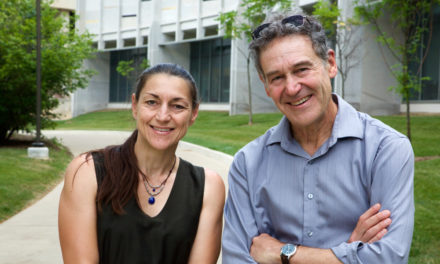
BY SUSAN M. BRACKNEY
Most morel hunters know to start hunting in earnest when the dogwood leaves are as big as a mouse’s ear. Or at least that’s what my dad told me, and what his dad told him. And in years past, that’s been a pretty good rule to follow. But lately, things have been out of whack. For example, over the last 50 years, spring’s start has moved up by several days in the Northeast, Upper Midwest, and Western United States. Plants may not be able to sing, but when it comes to climate change, they can be very effective canaries in the coal mine.
As winter wanes, plants react to warming temperatures by leafing out and eventually blooming. But climate change has caused some species to develop earlier than usual. For instance, after mapping thousands of citizen science observations, researchers confirmed that in 2017, flowering dogwoods put out leaf buds several weeks earlier than in the previous year.
Studying the natural developmental events which affect plants (and animals) with the seasons is known as phenology, and members of the public have been monitoring plant phenology for the USA National Phenology Network (USA-NPN) since 2007. Via Nature’s Notebook, the organization’s citizen science program, you can observe plants in your area, submit your findings, and further researchers’ understanding of how climate change is affecting more than 1,300 species of interest. Nature’s Notebook also offers several region-specific campaigns, including its common lilac and flowering dogwoods projects. There, participants learn how to observe and record phenological observations and enter data online or via a smartphone app.
While it might seem that the early development of one plant shouldn’t be a problem, the truth is it can throw off the natural rhythms of an entire ecosystem. One example might be if a plant is the primary food source for a migratory songbird and it isn’t available when the songbird arrives in the area. This phenological mismatch could reduce the songbird population or cause it to alter its range. These changes could further impact the rest of the food chain.
Another citizen science effort, Project Budburst, also started in 2007. The project boasts more than 10,000 participants, and their pooled data likewise contributes to real-world science.
Participants can monitor up to 300 plant species or participate in seasonal projects like the Cherry Blossom Blitz. Because cherry trees are especially sensitive to temperature changes, they are ideal research subjects.
From February through May (and beyond), participants monitor local cherry trees for phenological stages including budding, first leaves, first flowers, full fruiting, and more. Black cherry, chokecherry, pin cherry, sour cherry, and sweet cherry are all common to Indiana.
For more information, visit Nature’s Notebook at usanpn.org/natures_notebook and Project Budburst at budburst.org.





